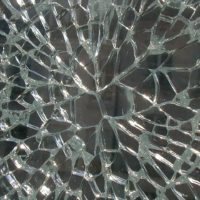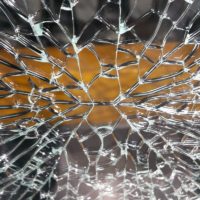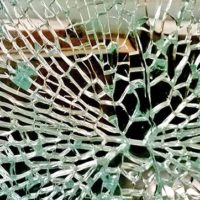Modern architecture and interior are no longer imaginable without the use of glass. Our company offers a wide range of glass for roofing, flooring, frameless glass structures, balconies or any other special needs.
What is safety glass? It is a glass that is extra processed to reduce the risk of human injury. The safe glass does not form sharp edges when broken or keep the breakage adhered to a transparent organic film. In other words, safety glass does not brake in sharp fragments that can cut or cause an injury.
Glass types
- Clear glass;
- Low Iron glass;
- Tinted grey, bronze, green glass;
- Opal glass;
- Timeless glass (for shower cabins);
- Mirastar (temperable mirror).
Safety glass:
- Toughened glass ESG;
- Laminated glass VSG;
- Toughened laminated glass (ESG+VSG);
- Toughened glass + HST (heat soak tested);
- Fire-rated glass.
Tempered glass + HST (heat soak tested)
HST (Heat Soak Test)
The HS test is used to avoid the risk of sudden breakage after the tempering process. Tempered glass can suddenly break due to the expansion of nickel sulphide inserts that are in the glass. The breakage may occur even after several years of operation of the building.
Due to the time and temperature the nickel sulfide inserts pass the phase exchange. If they are near the center of the glass tension, the expansion of such inclusions can cause enough tension for spontaneous fracture. Inserts are expanding faster than glass and directly affect glass breakage from within.
When tempered glass is HS tested, the glass placed in a furnace heatead at 290 ° C (± 10 ° C). A careful temperature control is required to set the shutter speed. Exposure time at the highest temperature is an important factor in the HS test process.
Key features
The possibility of self breakage is reduced to a minimum after HS test.
Standarts
- EN12150
- EN 14179



